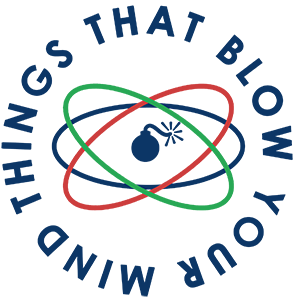Dwarf Wheat
Norman Borlaug received a Ph.D. in plant pathology and genetics from the U. of Minnesota. He was acutely aware of starvation in the world due to food shortages. Norman worked for more than a decade cross-breeding wheat to grow quickly, be disease resistant, and have shorter, thicker stems. During these years, he and his team created more than 6,000 varieties of wheat. Norman realized that many areas suffering chronic food shortages were equatorial or semi-equatorial. This meant that there was enough sunlight to have two growing seasons, increasing crop yields by 40%. Norman bred for disease resistance and planted each field with multiple varieties of wheat. These different varieties in a field mean that while disease might wipe out one or a few of the varieties, other varieties were likely to survive, meaning the farmer and his family would have both food and income from the season.
Critically, Norman bred for short, thick stems that give his wheat the name dwarf wheat. Traditional wheat is tall and thin to better catch the sunlight in temperate latitudes. Sunlight is plentiful in tropical and sub-tropical latitudes, and the thicker stalks supported more grain per plant. The shorter, thicker stalks of dwarf wheat also resisted pouring tropical rains that snapped the thinner stalks of conventional wheat.
In the 1960s, the Indian subcontinent was experiencing food shortages so severe that the U.S. was making annual grain shipments (exceeding 20% of the total U.S. harvest) to the region to prevent mass starvation. Norman’s initial efforts on the subcontinent were blocked by local bureaucracies and cultural opposition to new ways of agriculture. In 1965, the famine had grown so acute that the national governments stepped in and allowed his projects to go forward. Norman and his team began planting immediately, despite often in sight of artillery flashes from the war between India and Pakistan over the Kashmir region that started the same year.
The initial yields of Borlaug’s crops were higher than any ever harvested in South Asia. By 1968, Pakistan was self-sufficient in wheat production. High yields led to a shortage of various utilities — labor to harvest the crops, bullock carts to haul it to the threshing floor, jute bags, trucks, rail cars, and grain storage facilities. Some local governments were forced to close school buildings temporarily to use them for grain storage.[16] Not only did the high yields prevent starvation, they also protected the environment. India’s use of high-yield farming has prevented an estimated 100 million acres (400,000 km²) of virgin land from being converted into farmland—an area about the size of California, or 13.6% of the total area of India.[30]
Norman Borlaug won the Nobel Peace Prize in 1970, yet this seems pale in comparison to what he accomplished.
How does one measure the life of a man? For tyrants of the 20th century, we catalog their horrors by the number of dead. Perhaps, then, counting lives saved is an appropriate metric for those who work on the side of angels. What does it mean when a person saves one thousand lives? A medical doctor may do this every few years. What about one million lives? A rare politician may do this once in their career. How about one billion lives? That is 1,000,000,000 people. One billion people consisting of mothers and daughters, fathers and sons, husbands and wives, doctors, lawyers, scientists… The scope and scale of saving a billion lives beggars human imagination. Yet a man named Norman Borlaug saved at least one billion lives from the horrors of starvation.

Recent Comments